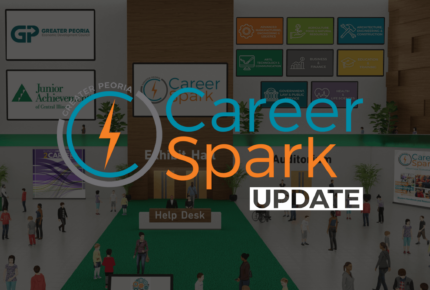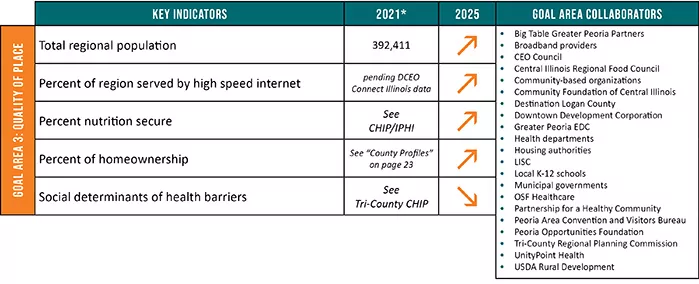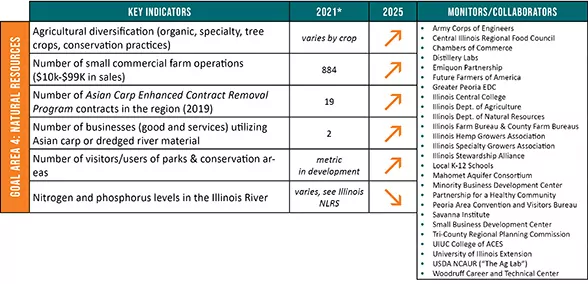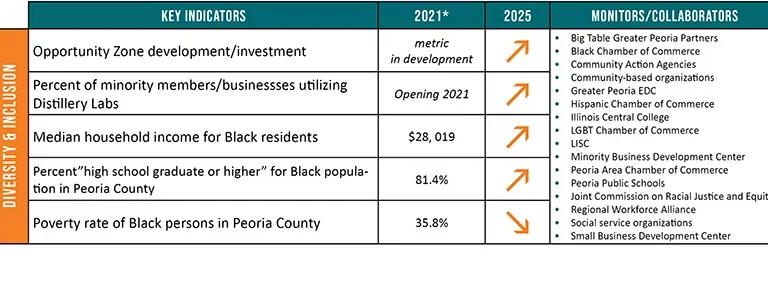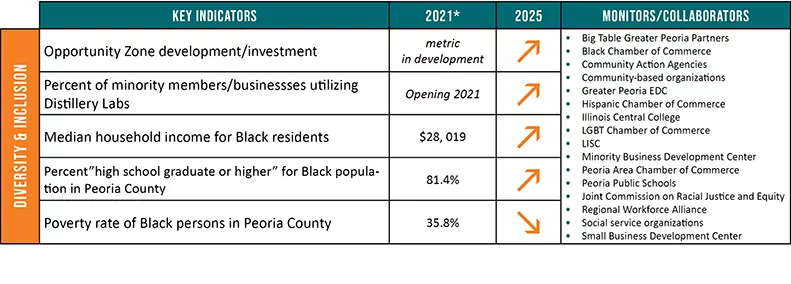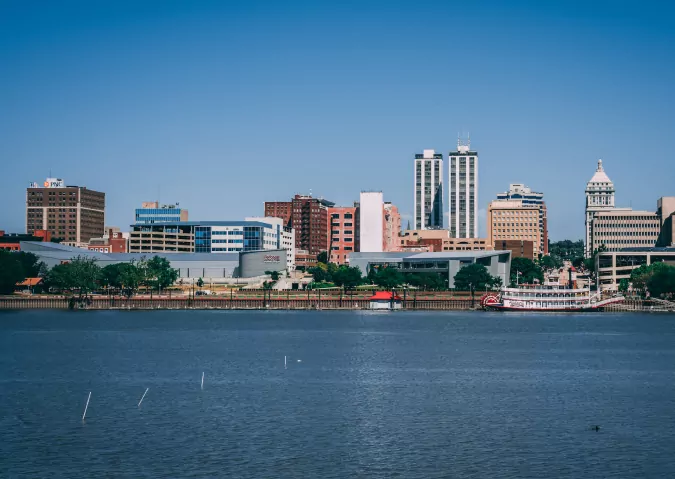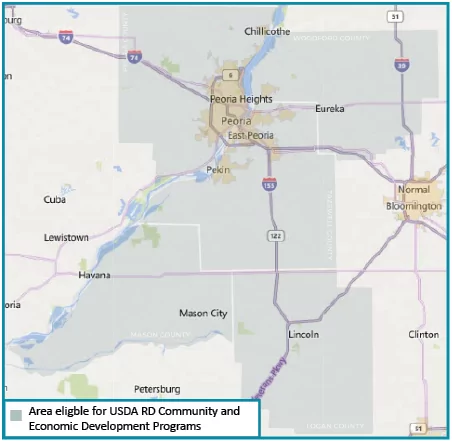Promote adaptive economic development that encourages innovation and entrepreneurship, supports existing businesses, and attracts new employers.
Strategy 1
Support economic innovation and digitization for the full range of businesses, from startups to legacy corporations.
Objectives
- Increase the number of small business starts and scaling activities
- Increase venture investment in regional startups
- Increase awareness and adoption of new technologies and innovation in existing companies.
Key Tactics
- Grow and support the community of entrepreneurs in both urban and rural areas.
- Position Distillery Labs as the center of the region’s innovation ecosystem
- Develop funding mechanisms to address financing gaps for entrepreneurs (innovation seed fund, revolving loan fund, etc.), particularly for historically disadvantaged populations.
- Design programs that support entrepreneurship and small business creation
- Research gaps and opportunities, leverage technology to digitally transform and reposition existing businesses for the digital economy
Strategy 2
Develop real estate and infrastructure to make it attractive for investment.
Objectives
- Increase private investment
- Increase property value and Equalized Assessed Value (EAV)
Key Tactics
- Identify key public infrastructure projects that promote investment and business growth.
- Seek funding from local, state, and federal sources to address infrastructure needs.
- Maximize investment in the region’s underdeveloped/underutilized areas (e.g. Enterprise Zones, Opportunity Zones, etc.)
- Maintain and promote an up-to-date directory of public and private incentives to drive business growth and community vitality.
- Create and execute plans to repurpose shuttered facilities, particularly coal power plants, such as in Havana, Illinois.
Strategy 3
Grow existing businesses with a focus on ones that provide goods and services beyond the region.
Objectives
- Increase investment and job growth.
- Increase in regional GDP
- Increase business-to-business (B2B) purchasing within the region.
Key Tactics
- Support and market key industry clusters (manufacturing, logistics, healthcare and agriculture).
- Increase export activities and volume (regional, national, and international).
- Develop and expand tools that support business growth (i.e. Foreign Trade Zone, Enterprise Zones, Revolving Loan Funds, Opportunity Zones).
- Increase customer and market diversity of existing businesses, particularly small and mid-size manufacturing enterprises.
- Develop supply chain systems that facilitate commerce between businesses in the region.
- Capitalize on emerging clusters, especially textiles, insurance, and biomedical manufacturing.
Strategy 4
Attract investments to the region from national and international companies that lead to job growth.
Objectives
- Increase foreign direct investment.
- Increase the number of out-of-state and foreign-based firms in the region.
- Increase job growth from outside investment.
Key Tactics
- Identify, develop, and market key properties within the region, especially those in low-income areas
- Build relationships with site selectors, consultants, and foreign consulates.
- Develop and market the Greater Peoria DataHub and the resources within.

